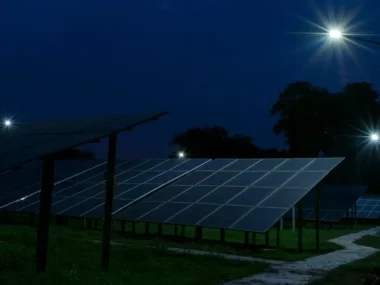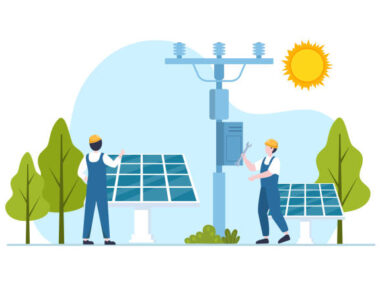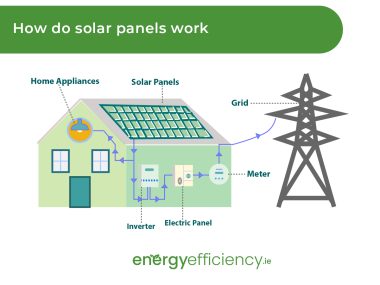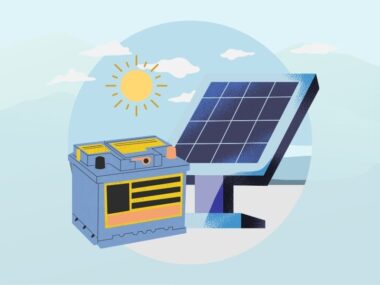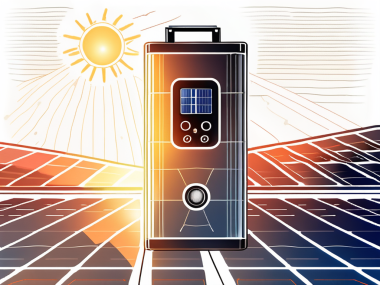It is increasingly common for homeowners who value environmental sustainability and wish to reduce their energy costs to wonder if they can harness solar power on their own. In this overview, we will assess the feasibility and feasibility of using solar energy through a do-it-yourself approach. We will cover everything from the initial evaluations to the possible benefits and challenges, delving into the basics of starting your own solar project. Whether you are driven by environmental awareness, financial efficiency, or the satisfaction of a DIY project, this conversation aims to shed light on the possibilities and important aspects to think about when embracing solar power independently.
Putting up solar panels on your own is feasible, but it’s crucial to take into account various factors before hand. Here are some key points to remember:
1. Skill Level:
Your proficiency in solar panel installation practices can be categorized into four levels:
Novice:
At this level, you have a basic understanding of the principles and safety measures involved in solar panel installation. You may have received introductory training or gained limited experience by performing simple installation tasks under supervision.
Intermediate:
As an intermediate installer, you possess a deeper comprehension of solar panel installation methodologies and best practices. You are capable of independently carrying out standard installations, including mounting panels on various roof structures, managing wiring connections, and conducting basic system testing. This level of expertise can be acquired through intermediate-level training courses, apprenticeships, or entry-level positions.
Advanced:
At the advanced level, you demonstrate extensive knowledge and skill in solar panel installation. You are proficient in handling complex installations such as ground-mounted systems and large-scale projects. Additionally, you have the ability to integrate energy storage solutions and possess a thorough understanding of sophisticated wiring configurations, equipment setup, and troubleshooting methodologies. This expertise may be supported by certifications like the NABCEP PV Installation Professional or equivalent experience gained through years of practical involvement in the field.
Expert:
As an expert in solar panel installation, you are recognized as a distinguished figure in the industry. You serve as a leader and authority in the domain, overseeing installation teams and ensuring adherence to industry standards and regulations. Your contributions may include shaping best practices, delivering training sessions, or providing consultancy services to businesses and institutions within the solar industry. To further advance your skill set, it is crucial to continue training, stay updated on technological advancements, and gain diverse hands-on experiences in various installation scenarios.
2. Permits and Regulations
Permits and regulations in the solar sector encompass a wide range of criteria and standards that govern the preparation, implementation, and operation of solar power systems. Here is an overview of the key components:
Local Regulations:
Different jurisdictions, including cities, counties, and municipalities, may enforce specific zoning ordinances, construction guidelines, and authorization requirements for solar installations. These regulations determine factors such as suitable locations for solar panels, necessary setbacks, height limitations, and aesthetic considerations.
Building Permits:
Prior to commencing a solar energy installation, homeowners or businesses typically need to obtain building permits from the local construction authority. These permits ensure that the installation complies with safety protocols and construction standards.
Utility Interconnection:
Solar systems often require connection to the local power grid, which necessitates obtaining consent from the nearby utility provider. Agreements for utility interconnection establish protocols for integrating solar energy into the grid and may include safety provisions, metering protocols, and system performance standards.
Environmental Regulations:
Depending on the site and scale of the solar project, various environmental regulations may come into play. These regulations could involve obtaining permits for land use, implementing measures to protect wildlife habitats, and conducting assessments of environmental impact.
Electrical Codes:
Solar installations must adhere to electrical codes and standards to ensure safety and optimal performance. These standards cover aspects such as wiring protocols, grounding methods, disconnection procedures, and equipment specifications.
Incentive Programs:
Some jurisdictions offer incentives, reimbursements, or tax breaks for the installation of solar power systems. These programs often have specific eligibility criteria and application procedures. 7. Net Metering: Policies related to net metering allow solar system owners to receive

3. Safety:
Safety is of utmost importance in all aspects of solar energy, encompassing the installation, maintenance, and operation of solar systems. Here is a breakdown of the key safety factors to consider:
Installation Safety:
During the installation process, it is crucial for workers to strictly adhere to safety protocols to prevent accidents and injuries. This includes the use of appropriate personal protective equipment (PPE) such as helmets, safety glasses, gloves, and harnesses when working at heights. It is also important to ensure proper ladder safety, fall protection, and electrical safety practices.
Electrical Safety:
Solar installations involve working with electrical components, which can pose risks of electric shock or fire if not handled correctly. Installers must be trained in electrical safety practices, such as de-energizing circuits before working on them, using insulated tools, and following lockout/tagout procedures. Proper grounding and bonding of systems are essential to prevent electrical hazards.
Fire Safety:
Solar panels generate electricity when exposed to sunlight, and improper installation or equipment failure can lead to fire hazards. Installers must comply with fire codes and regulations, use fire-resistant materials, and implement proper spacing to mitigate fire risks. Regular maintenance and inspection of electrical connections and components can also prevent potential fire incidents.
Structural Safety:
Solar panels are typically mounted on rooftops or ground-mounted structures, and it is crucial to carefully consider their weight and wind loads to ensure structural integrity. Installers need to follow manufacturer specifications and engineering guidelines to securely fasten panels and mounting hardware, preventing structural failures or collapses.
Environmental Safety:
Environmental factors such as extreme weather conditions or wildlife interference can impact the safety and performance of solar installations. Proper site assessment, including consideration of wind, snow, and seismic loads, is essential to ensure the resilience of the system. Installers should also take measures to protect the system from potential environmental hazards. By prioritizing safety in all these aspects, solar energy systems can be installed, maintained, and operated in a manner that minimizes risks and ensures the well-being of workers and the surrounding environment.
4. System Design
System design involves creating a plan for a software system that meets specific criteria such as scalability, reliability, performance, and security. Here is a brief overview of the steps involved:
Gathering Requirements:
Understand the functional and non-functional requirements of the system by consulting with stakeholders to define its scope and constraints.
Defining Use Cases:
Identify the main functions the system should have, detailing user interactions and necessary features.
Designing Architecture:
Create a high-level design for the system, outlining components/modules, their connections, and the overall structure.
Database Design:
Develop a database schema considering data storage needs, entity relationships, and query efficiency.
Selecting Technology:
Choose appropriate technologies and tools for different parts of the system, including programming languages, frameworks, databases, and third-party services.
Planning for Scalability:
Anticipate future growth and plan for effective scaling using techniques like horizontal scaling, vertical scaling, and distributed systems.
Implementing Security Measures:
Identify security risks and implement measures such as authentication, authorization, data encryption, and secure communication protocols.
Improving Performance:
Enhance system performance by identifying and fixing bottlenecks, using methods like caching, load balancing, and algorithm optimizations.
Ensuring Fault Tolerance and Reliability:
Design the system to handle failures with redundancy, failover mechanisms, and graceful degradation strategies.
Documenting and Communicating:
Document design decisions, architecture, and implementation details for future reference, promoting collaboration among team members. 11. Prototyping and Testing: Build prototypes to validate the design and conduct thorough testing.

5. Warranty and Support
Warranty and support are crucial components of product or service delivery, guaranteeing customer satisfaction and addressing post-purchase concerns. Here is an extensive overview:
Warranty:
It is a commitment from the seller or manufacturer to the buyer, promising to repair or replace a product within a specific timeframe if it malfunctions due to material or workmanship issues. Key elements of warranties include:
Duration:
The period for which the warranty is valid.
Coverage:
The types of issues covered (e.g., defects, malfunctions).
Conditions:
Any requirements for the warranty to be applicable (e.g., proper usage, maintenance).
Exclusions:
Instances or damages not covered (e.g., misuse, accidental damage). Claim Process: How customers can initiate warranty claims and the necessary steps to take.
Support Services:
These encompass various forms of assistance provided to customers post-purchase to address queries, troubleshoot problems, and ensure optimal utilization of the product/service. Support services consist of:
Technical Support:
Assisting customers with technical problems or questions related to product operation, installation, or troubleshooting. Customer Service: Managing general inquiries, billing concerns, or providing information about products/services.
Maintenance and Updates:
Providing regular maintenance or updates to sustain product functionality. Training and Resources: Offering training sessions, documentation, or online resources to help customers maximize their purchase. Community Forums: Facilitating online forums or communities where customers can interact, seek advice, and share experiences. Service Level Agreements (SLAs): These outline the service level customers can expect, including response times, resolution times, and availability guarantees, ensuring clear expectations and responsibility.
Feedback and Improvement:
Gathering customer feedback on warranty and support experiences is crucial for identifying areas for improvement, promoting continuous enhancement to better serve customers.
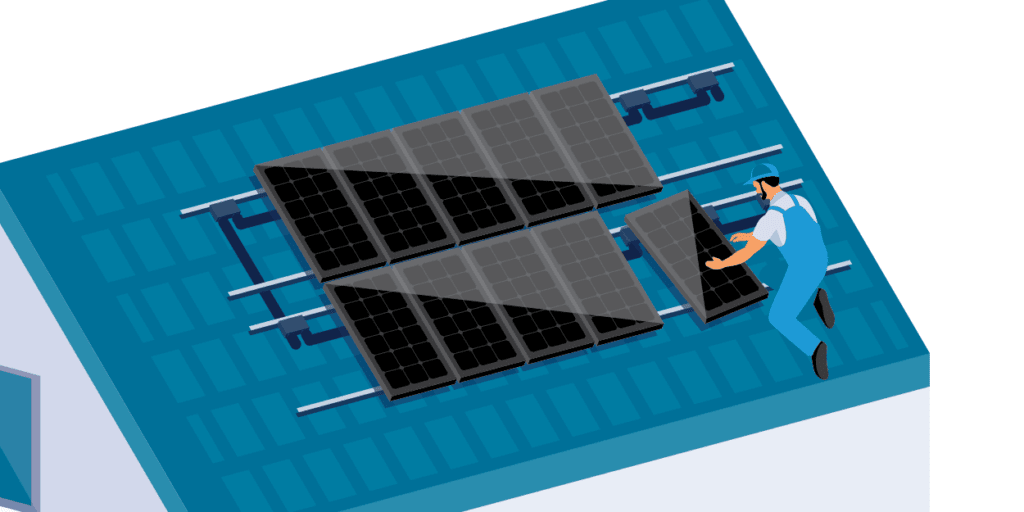
In conclusion, your ability to install solar yourself hinges on your skill level, familiarity with the task, and the project’s intricacy. Although self-installed solar setups may save money, they pose risks like mistakes, safety hazards, and warranty complications. Opting for professional installation guarantees skilled work, top-notch craftsmanship, and compliance with safety protocols. If you’re confident and well-versed in the process, DIY installation may be viable, but it’s crucial to assess the advantages and disadvantages thoroughly. Seeking advice from solar experts can offer valuable insights to aid your decision-making process.


